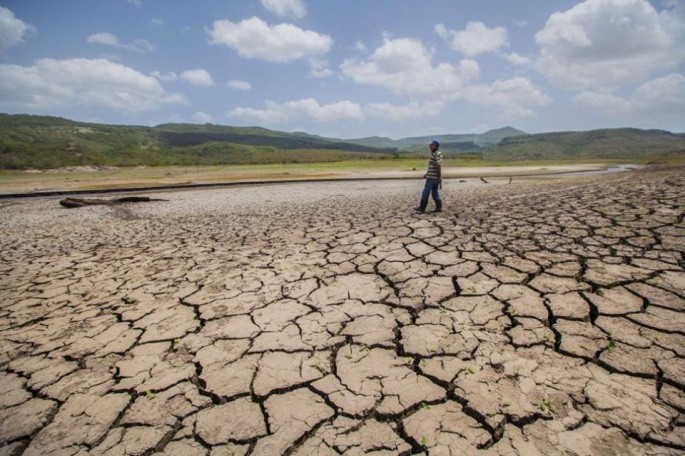American space agency NASA has an urgent warning to make - the Amazon is at its driest form and at an increased risk of nasty wildfire this season. This is the result of the conditions created by the strong El Nino effect that warmed the Pacific waters in 2015 and early 2016.
According to a report released by NASA, Amazon is currently in its driest form than it has even been at the start of the dry season since the year 2002. That indicates that the rainforest is at a significantly increased risk of wildfire in 2016.
These are the findings of the Amazon fire forecast that uses a combination of climate observations and active fire detections made by NASA satellites each year to figure out the severity of wildfire. This time, the scientists have predicted that the Brazilian states of Para, Amazonas and Mato Grosso are at the highest risk of devastating wildfire.
Severe drought conditions at the start of the dry season have set the stage for extreme fire risk in 2016 across the southern Amazon," NASA's Goddard Space Flight Center scientist Doug Morton said in the report.
The forecast made by NASA further explains how the wildfire risk for July to October of 2016 exceeds the risk that was predicted in the years 2005 and 2010. These two years represent the time when the regions experienced severe drought the last time as devastating wildfires swept across large regions of the rainforest.
Another indicator of the upcoming calamity, according to NASA, is the fact that there have more fires in the Amazon forest until June 2016 than in any of the previous years. This is an indicative of the risk that the massive rainforest faces in terms of potentially rough wildfire season.
The model based on which NASA has made the prediction has been developed by a team of researchers at the University of California, Irvine (UC-Irvine). The model focuses on the link between fire activity and the sea surface temperatures.
In the past, higher sea surface temperature because of the El Nino effect across the tropical Pacific Ocean has shifted rainfall from the Amazon. As a result, the risk of fire during the dry months has increased significantly.
The following video talks about the Amazon rainforest drought:



























